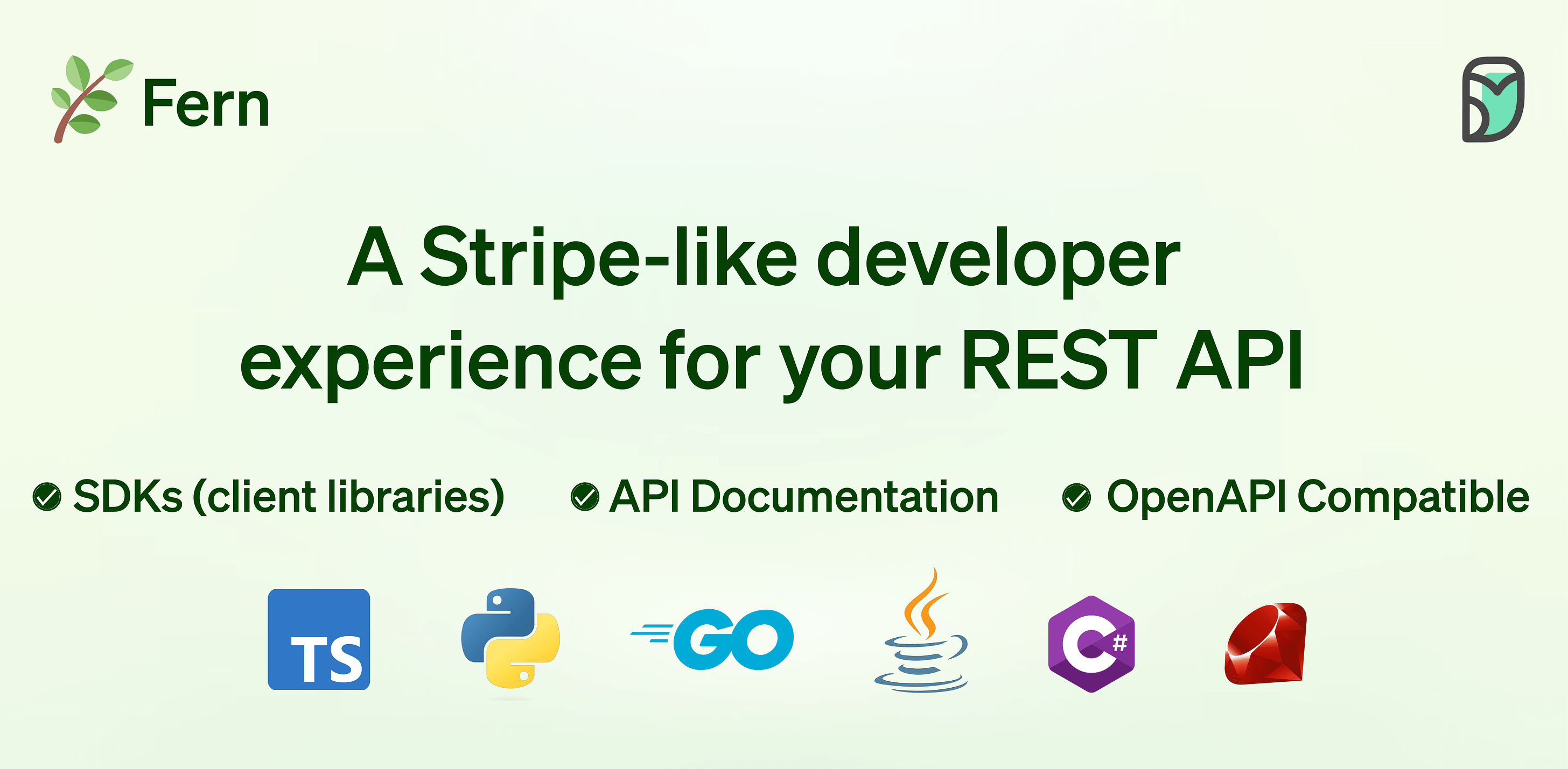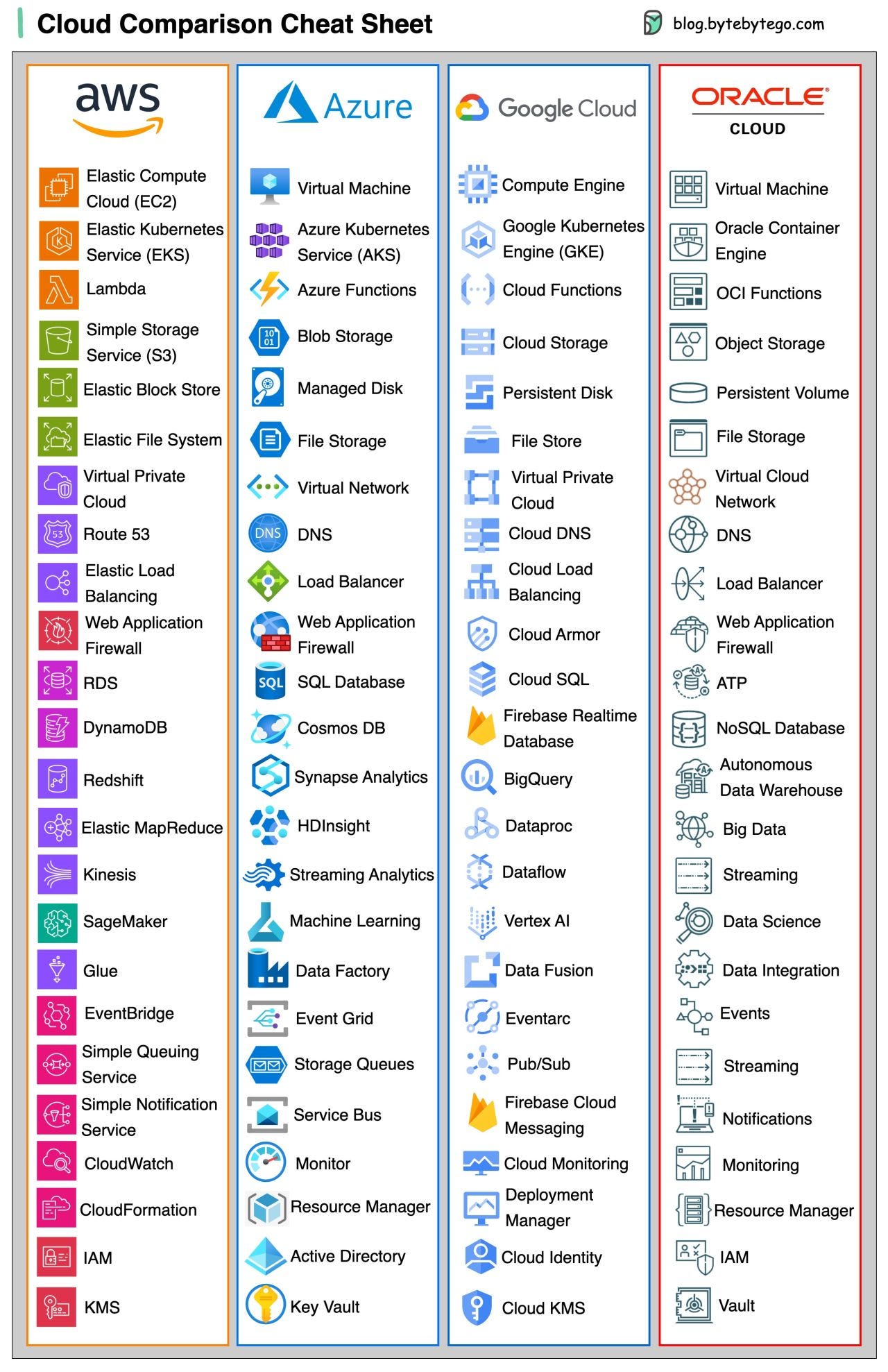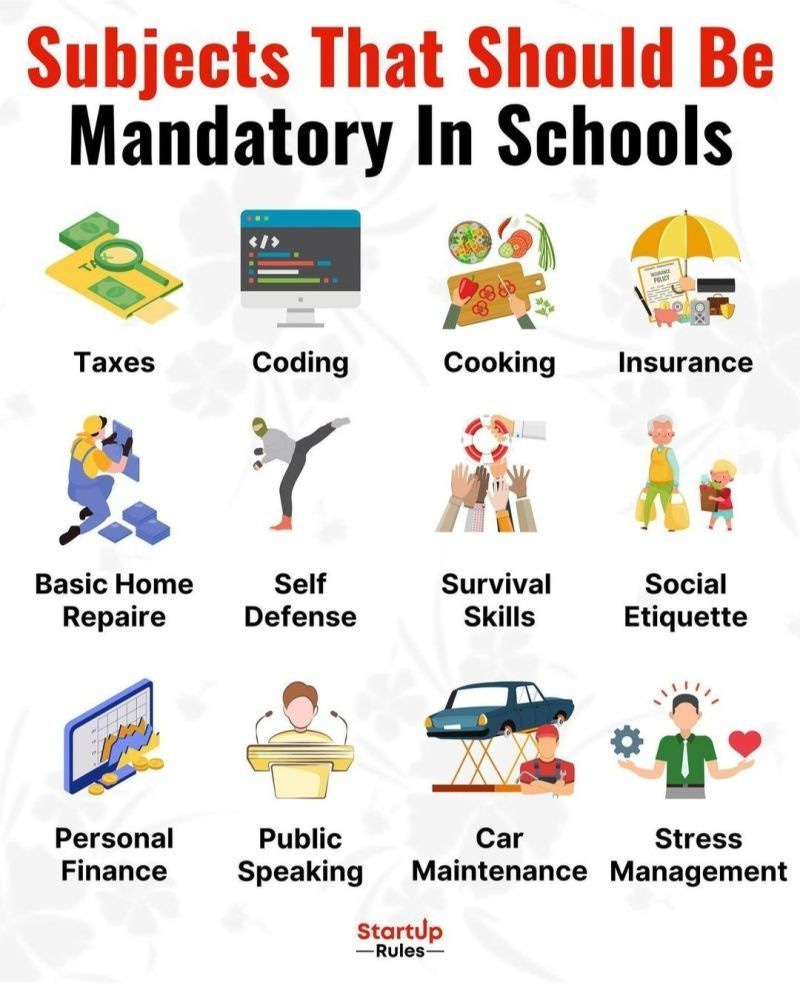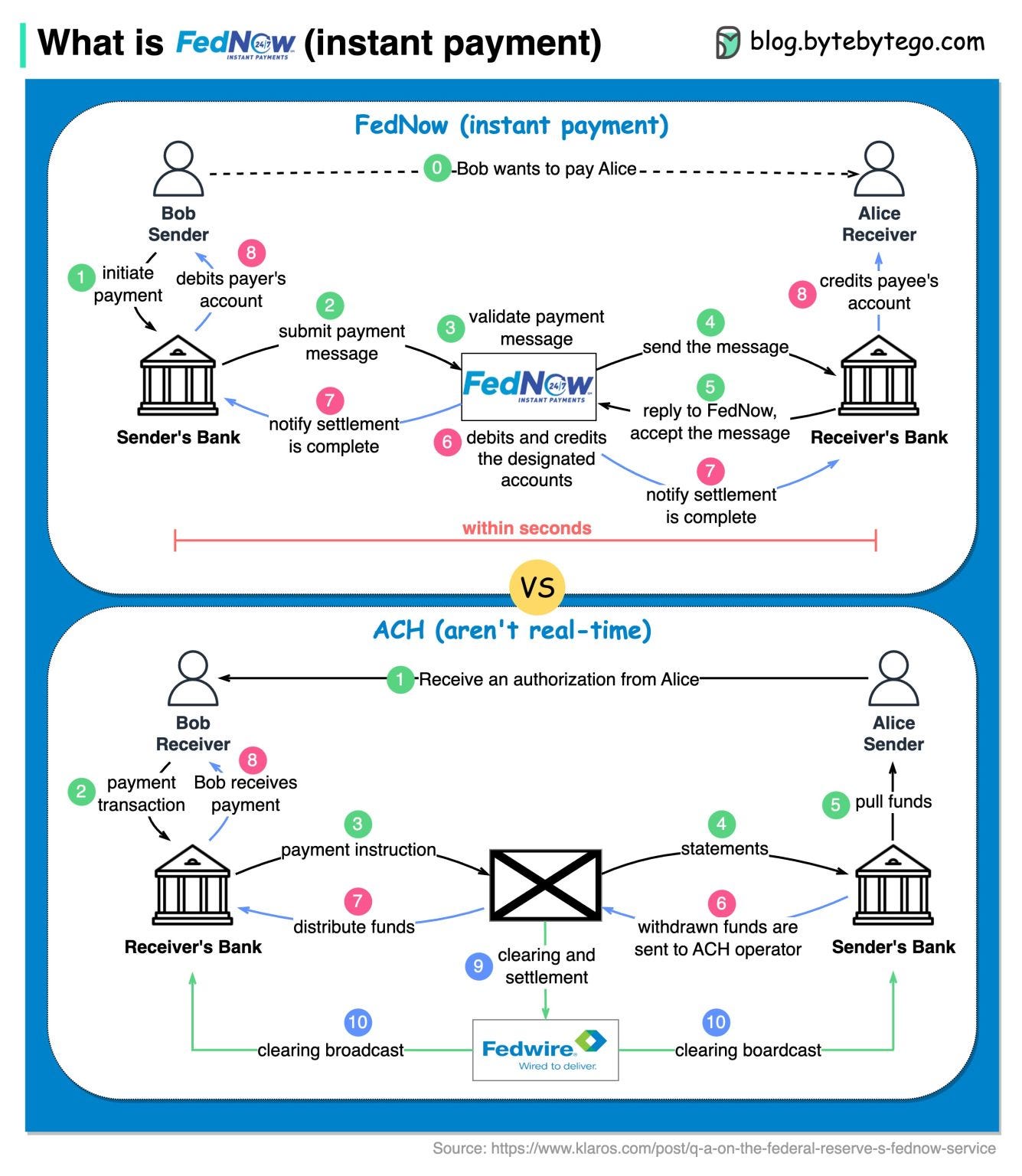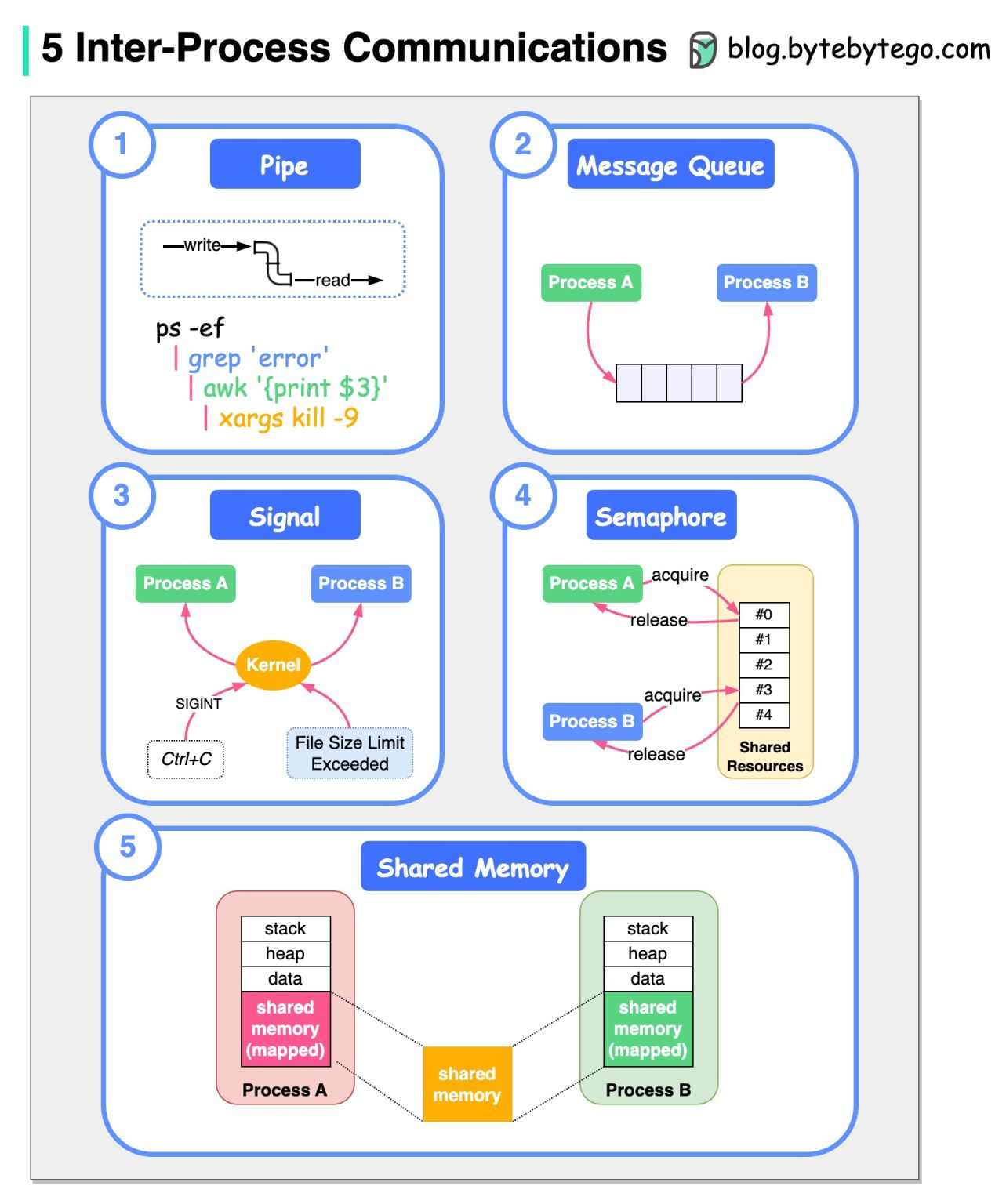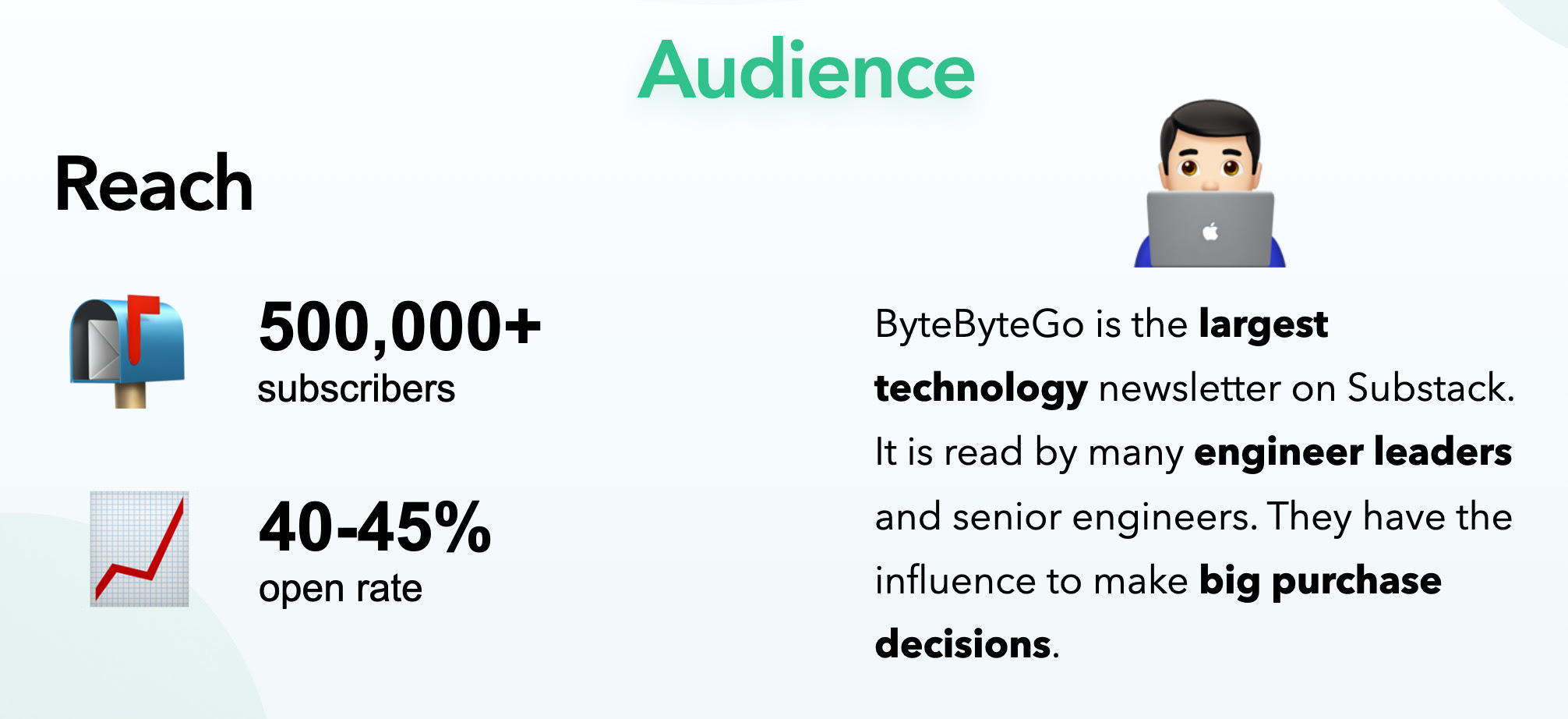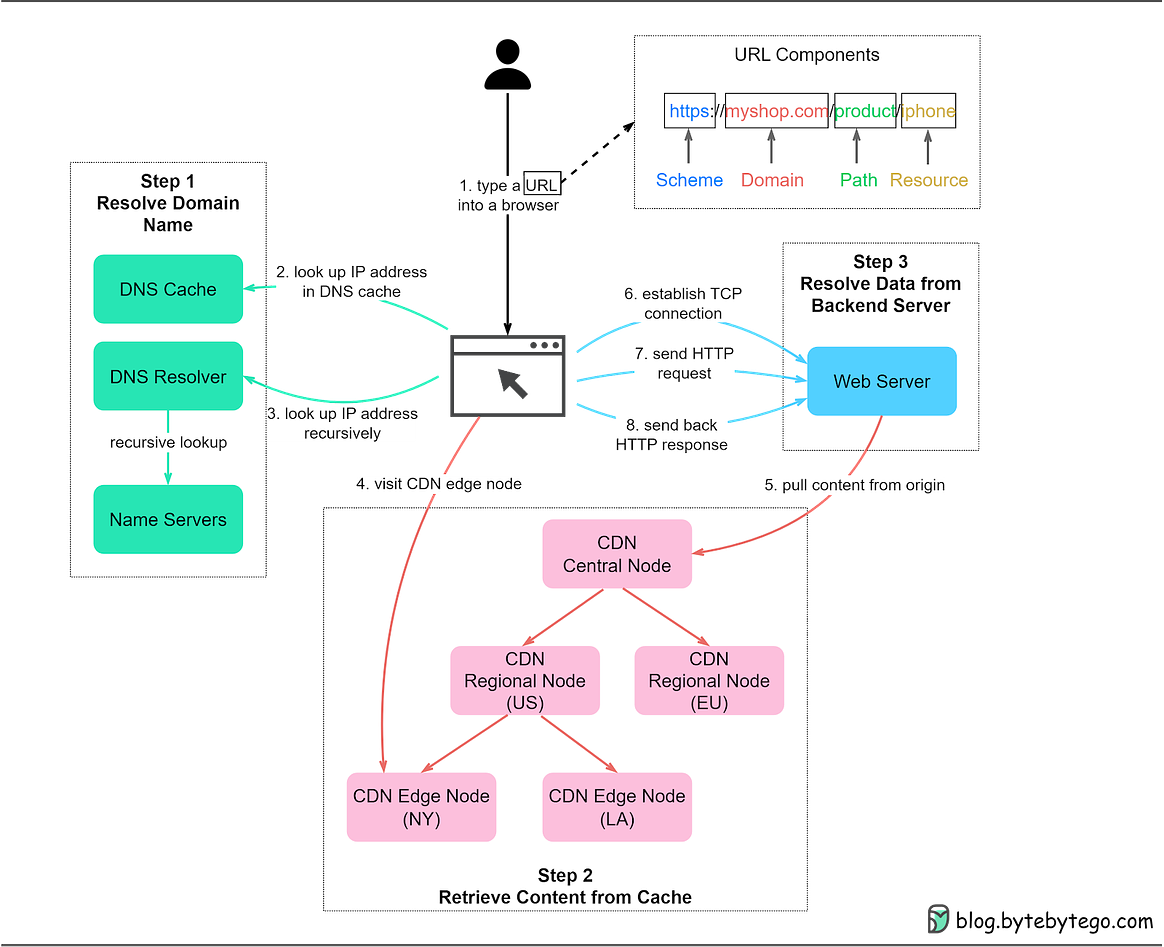- Mailing Lists
- in
- EP70: Cloud Services Cheat Sheet
Archives
- By thread 5270
-
By date
- June 2021 10
- July 2021 6
- August 2021 20
- September 2021 21
- October 2021 48
- November 2021 40
- December 2021 23
- January 2022 46
- February 2022 80
- March 2022 109
- April 2022 100
- May 2022 97
- June 2022 105
- July 2022 82
- August 2022 95
- September 2022 103
- October 2022 117
- November 2022 115
- December 2022 102
- January 2023 88
- February 2023 90
- March 2023 116
- April 2023 97
- May 2023 159
- June 2023 145
- July 2023 120
- August 2023 90
- September 2023 102
- October 2023 106
- November 2023 100
- December 2023 74
- January 2024 75
- February 2024 75
- March 2024 78
- April 2024 74
- May 2024 108
- June 2024 98
- July 2024 116
- August 2024 134
- September 2024 130
- October 2024 141
- November 2024 171
- December 2024 115
- January 2025 216
- February 2025 140
- March 2025 220
- April 2025 233
- May 2025 239
- June 2025 303
- July 2025 82
EP70: Cloud Services Cheat Sheet
EP70: Cloud Services Cheat Sheet
This week’s system design refresher:
Generate SDKs and documentation for your API with Fern (Sponsored)Fern is an open-source CLI that creates SDKs and API docs for REST APIs.
Top 7 Ways to 10x Your API Performance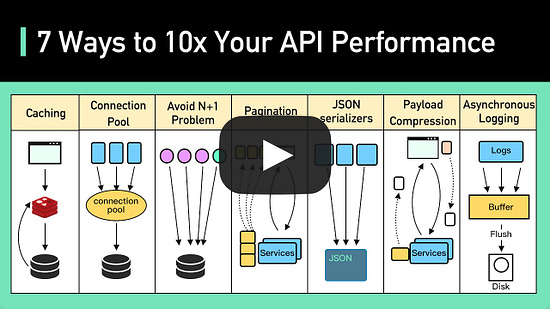 A nice cheat sheet of different cloud services (2023 edition)Guest post by Govardhana Miriyala Kannaiah. This is a sneak peek of today’s paid newsletter for our premium subscribers. Get access to this issue and all future issues - by subscribing today. Latest articlesIf you’re not a subscriber, here’s what you missed this month:
To receive all the full articles and support ByteByteGo, consider subscribing: An interesting list of subjects that should be mandatory in schoolsWhile academics are essential, it's crucial to acknowledge that many elements in this diagram would have been beneficial to learn earlier. Over to you: What else should be on the list? What are the top 3 skills you wish schools would teach? What is FedNow (instant payment)?JPMorgan, Wells Fargo, and other major banks will use the new Federal Reserve's 'FedNow' instant payment system. Let's take a look at how it works. Federal Reserve launched FedNow instant payment service on 20 Jul. It allows retail clients to send and receive money within seconds and it is available 24x7.
Over to you: What types of instant payment systems does your country provide? References: How do processes talk to each other on Linux?The diagram below shows 5 ways of Inter-Process Communication.
Reference: Interprocess Communication Mechanisms SPONSOR US📈Feature your product in the biggest technology newsletter on Substack. ByteByteGo is the biggest technology newsletter on Substack with 500,000 readers working at companies like Apple, Meta, Amazon, Google, etc. They have the influence and autonomy to make large purchase decisions. If you are interested in sponsoring us, please send an email to hi@bytebytego.com. Latest articlesHere are the latest articles you may have missed: To receive all the full articles and support ByteByteGo, consider subscribing: © 2023 ByteByteGo |
by "ByteByteGo" <bytebytego@substack.com> - 11:37 - 29 Jul 2023
